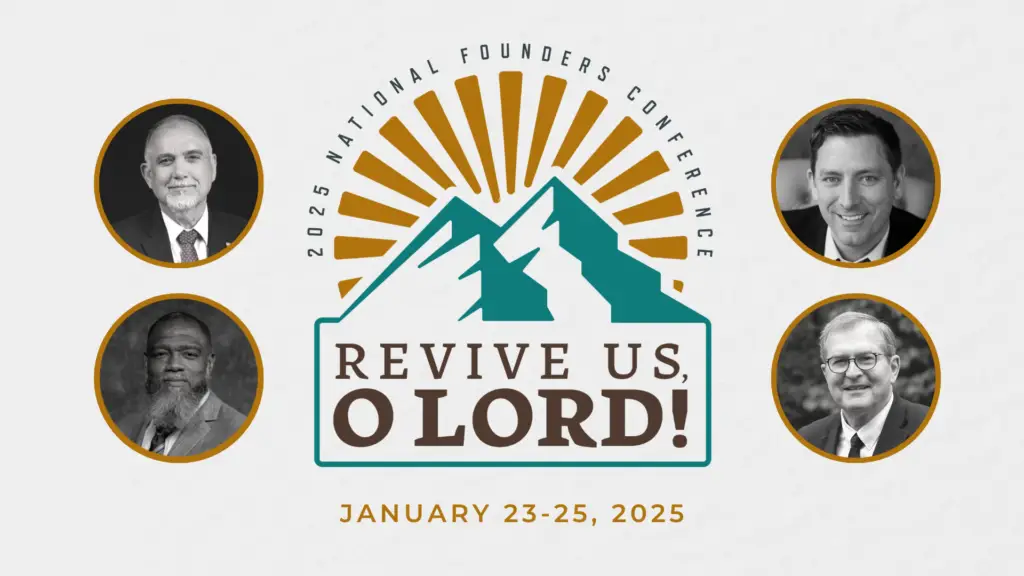This month we celebrate the resurrection of our Lord, Jesus Christ. Over the next several posts, we will look at different passages of Scripture relating to the purpose of Jesus’ death and resurrection.
The first is Genesis 3, which is the account of humanity’s fall into sin through Adam’s transgression and the place where redemption and salvation became necessary. Prior to Genesis 3, we did not need a crucified and risen Savior because there was no sin.
When sin entered the world, though, everything changed, and it required radical action from God if humanity was to be rescued from destruction and death. The only solution to the problem of sin was a crucified and risen Savior.
The key verse in the passage is Genesis 3:15. God said to the serpent, “And I will put enmity between you and the woman, and between your seed and her seed; He shall bruise you on the head, and you shall bruise him on the heel.”
Here we have, what theologians call, the first Gospel proclamation. Immediately after Adam sinned, God promised there would be warfare between the offspring of the devil and the offspring of the woman, and the offspring of the woman would prevail.
We know the offspring of the woman ultimately refers to Jesus Christ. One of the surest evidences of this fact is the battle Jesus waged against Satan throughout His earthly ministry, culminating with the cross. The crucifixion, then, was not merely a work of men against Jesus, but an epic battle between Satan and Jesus. Satan, the serpent of old, sought to crush Jesus but only bruised His heel. Jesus, though, on the cross and through the resurrection, crushed Satan’s head.
Let us look, then, at four problems caused by sin that are presented in Genesis 3 and consider why Jesus had to die and rise again to resolve them.
First, when sin entered the world, humanity believed Satan’s lies.
Satan’s strategy in the garden was to distort the Word of God and to call God a liar. Eve believed this lie, and she was deceived disobeying God. Paul wrote in Romans 1:25 that mankind has “exchanged the truth of God for a lie.” When sin entered the world, humanity fell into deception, no longer believing God’s Word, but Satan, the father of lies.
The good news of the gospel, though, is that Jesus came to destroy the works of the devil – his lies and deceit! The world is hostile to God because people believe the devil’s lie that God is out to suppress, harm, oppress, and stifle humanity. At Calvary and the empty tomb, however, this lie is completely undone.
When sin entered the world, all humanity fell into the devil’s deception; but Jesus died and rose again to overcome Satan’s lies.
In 2 Peter 1:4, Peter writes, “For by these He has granted to us His precious and magnificent promises, so that by them you may become partakers of the divine nature.” Satan says, “God doesn’t want any rivals, so He is suppressing you.” God’s gospel promise, however, is that in the resurrection we will be made like Jesus in every way possible for a creature to be like his Creator. We will be perfectly conformed to the image of Christ (Romans 8:29); and God in Christ will give us all things. When sin entered the world, all humanity fell into the devil’s deception; but Jesus died and rose again to overcome Satan’s lies.
Second, when sin entered the world, humanity became alienated from God.
When Adam and Eve sinned against God, shame entered into their experience, and intimacy with one another was broken. Adam’s first response to God was to hide out of guilt and fear. Adam also compounds his first transgression with the sin of lying about why he will not come before his Creator. Later, Adam blames God, saying Eve, whom God had created, was the source of the problem. This is how sinners always relate to God apart from Christ. Option one: Hide. Option two: Lie. Option three: Make excuses to shift blame.
God, however, didn’t accept any of Adam’s tactics. Instead, God promises to redeem Adam through Eve’s offspring by defeating and condemning the serpent. God promises reconciliation. How do we know God promises reconciliation? Because the offspring of Eve and her children are going to be enemies of Satan, not of God.
In 1 Peter 3:18, Peter writes, “For Christ also died for sins once for all, the just for the unjust, so that He might bring us to God, having been put to death in the flesh, but made alive in the spirit.” We were alienated from and hostile toward God because of sin; but God gave His Son for us, and Jesus rose from the dead to end the hostility and bring us to Himself.
Third, when sin entered the world, humanity incurred guilt before God for sin.
After Adam’s transgression, sin became a barrier between man and God. The problem sinners have with a holy God is not a psychological problem, or something internal we merely need to convince ourselves to get over. Rather, the problem is sin and the guilt we incur because of sin. God is so holy that He cannot even look upon evil.
Christ’s death and resurrection guarantees our future resurrection.
To reconcile us to God, Jesus had to deal with the problem of sin. He took our guilt and very sin upon Himself and paid its penalty so we could be reconciled to God.
In Galatians 3:13, Paul writes, “Christ redeemed us from the curse of the Law, having become a curse for us – for it is written, ‘Cursed is everyone who hangs on a tree.’” The curse we deserve was borne by Jesus when He hung on the cross and dealt with our objective guilt before a holy God.
Finally, when sin entered the world, humanity became subject to death.
With guilt incurred because of sin and with alienation from the life of God came death. As Romans 6:23 says, “The wages of sin is death.” When Adam sinned, the entire human race was subjected to death.
But the curse doesn’t end with death; Jesus died and rose again to give eternal life! Incredibly, Adam somehow knew this was the meaning of God’s promise in Genesis 3:15. When God vowed to defeat Satan through a man, Adam knew it meant life for his posterity. That’s why after God pronounces the sentence of death on Adam and all humanity, Adam names his wife Eve “because she was the mother of all the living.” Even in the face of death, Adam had hope that God promised life.
This is why we need a crucified and risen Savior. Sin created problems that human nature could not solve. Adam’s response was not to solve the sin problem, but to hide from it. The only one who can solve the problem of sin is God, and He has done so through His Son. Christ’s death and resurrection guarantees our future resurrection.
This month as we reflect on Jesus’ death and resurrection, we should remember what He accomplished for us. Consider how hopelessly condemned we were without Christ. Rejoice that He loved us and gave Himself for us, so we might have life and a real relationship with the Lord, that we might even know God Himself. This reality should cause us to live even more for Him who died and rose again on our behalf.






















